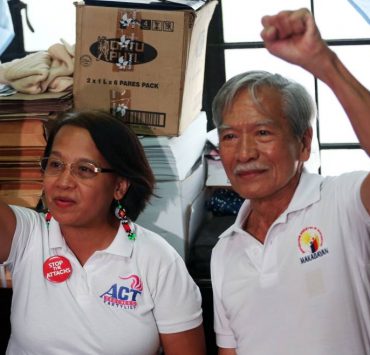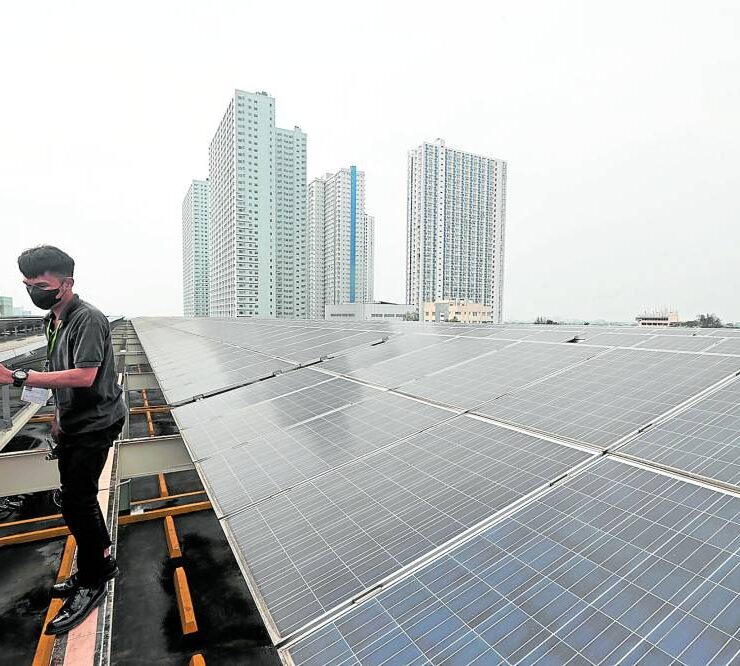Sustainable sake: How Tokyo brewer tries to counter climate impact

TOKYO—The gentle lilt of a flute fills a cramped second-story space in Tokyo that houses a burbling vat of fermenting sake.
The bacteria in the 670-liter (147-gallon) tank will take more than two weeks to turn its contents of rice and water into Japan’s traditional alcoholic drink.
But they are not only alive, they are listening too, said brewer Yoshimi Terasawa, and the type of music coming from a loudspeaker below the tank determines how the spirit will taste.
“The microorganisms inside are activated by the vibrations, and the taste changes,” said the 63-year-old chief brewer of Tokyo Port Brewing.
Music is among the unconventional techniques Terasawa is using at the only sake factory in the heart of the capital.
Crammed into a narrow four-story building, the small-batch operation employs methods that promise to help the industry resist the fallout of climate change.
Less energy, labor
It uses modified machinery and ergonomic processes that consume less energy and labor than a traditional open-air brewery in the countryside.
“Making sake on this kind of smaller scale makes it easier to keep the production environment constant,” said 45-year industry veteran Terasawa.
The company turns out about 30 kiloliters of sake each year, or enough to fill almost 42,000 720-ml (24-fl-oz) bottles.
But changing consumer tastes and Japan’s aging population have hit demand, and the government says the number of sake breweries has shrunk two-thirds from its 1970s peak to just over 1,100 now, more than half operating in the red.
Other challenges are a shortage of labor as brewers retire, surging fuel costs, and disruption in rice supply because of global warming.
A model for others
Terasawa said his compact brewery offered a model to meet those challenges.
The process starts on a fourth-floor balcony, where he and an employee steam the rice for 70 minutes.
Then they rely on gravity to funnel the rice through apertures in floors and ceilings to a mold-application room on the third floor, before fermentation on the second, using tap water, and finally bottling the sake at ground level.
“In the future, small breweries like this will have a great deal of merit,” Terasawa added.
Reuters, the news and media division of Thomson Reuters, is the world’s largest multimedia news provider, reaching billions of people worldwide every day. Reuters provides business, financial, national and international news to professionals via desktop terminals, the world's media organizations, industry events and directly to consumers.





















